This article presents information about one interesting sedimentary rock, which is a source of great economic importance. This breed, amazing in its history, is called "coal". His education is quite interesting. It should be noted that, despite the fact that this rock makes up less than one percent of all sedimentary rocks that exist on earth, it is of great importance in many areas of human life.
general information
How was coal formed? Its formation includes many processes occurring in nature.
Coal appeared on Earth about 350 million years ago. To put it simply, it happened in the following way. Tree trunks, falling into the water with other vegetation, gradually formed huge layers of organic undecomposed mass. The limited access of oxygen did not allow this mess to decompose and rot, which gradually, under its own weight, sank deeper and deeper. For a long time and due to the displacement of the layers of the earth's crust, these layers went to a considerable depth, where, under the influence of elevated temperatures and high pressure, this mass was converted into coal.
Below we will take a closer look at how coal appeared, the formation of which is very interesting and curious.
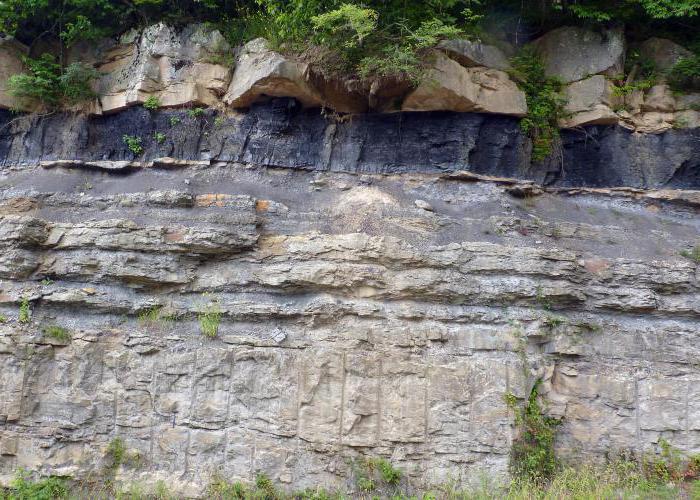
Types of coal
Different types of hard coal are mined in modern coal deposits of the world:
1. Anthracites. These are the hardest varieties, mined from great depths and having the highest combustion temperature.
2. Coal. Many of its varieties are mined in an open way and in mines. This type is the most common in the fields of human activity.
3. Brown coal. This is the youngest species formed from peat residues and has the lowest combustion temperature.
All of the listed forms of coal occur in layers, and the places of their accumulation are called coal basins.
Theories of the origin of coal
What is hard coal? Simply put, this sedimentary rock is the accumulated, compacted and processed plants over time.
There are two theories, the more popular of which is the one held by many geologists. It is as follows: the plants that make up coal accumulated in large peat or freshwater swamps for many thousands of years. This theory assumes the growth of vegetation in the place of discovery of rocks and is called "autochthonous".
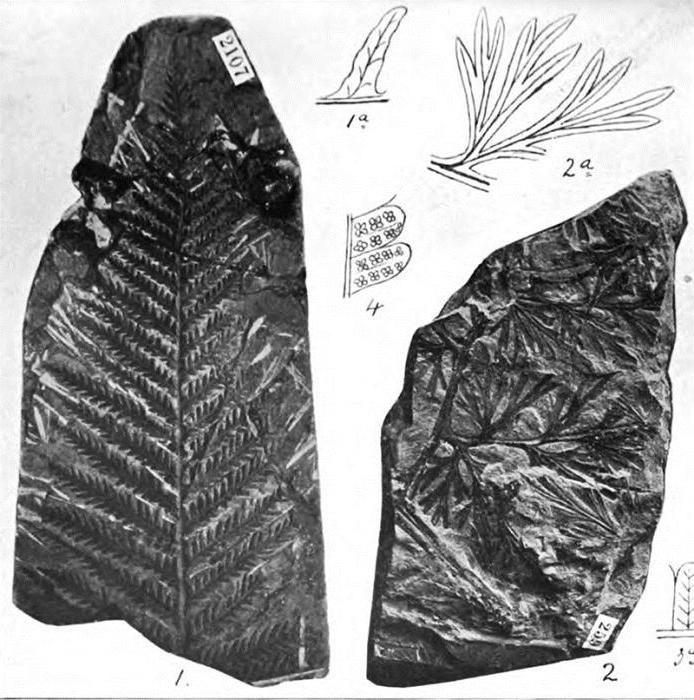
Another theory is based on the fact that coal seams accumulated from plants transferred from other places, which were deposited in a new site under flooding conditions. In other words, the charcoal originated from the transferred plant debris. The second theory is called allochthonous.
In both cases, the source of coal formation is plants.
Why is this stone on fire?
The main chemical element in coal, which has useful properties, is carbon.
Depending on the formation conditions, processes and age of the seams, each coal deposit contains its own specific percentage of carbon. This indicator determines the quality of natural fuel, since the level of heat transfer is directly related to the amount of carbon oxidized during combustion. The higher the calorific value of a given rock, the more suitable it is as a source of heat and energy.
What is coal for people all over the world? First of all, it is the best fuel suitable for various spheres of life.
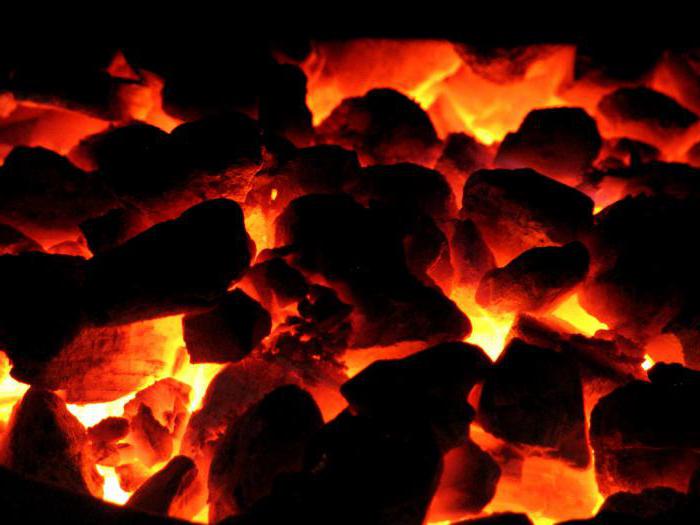
About fossils in coal
Fossil plant species found in coal do not support the autochthonous theory of origin. Why? For example, clubmosses and giant ferns, characteristic of the coal deposits of Pennsylvania, could grow in marshy conditions, while other fossil plants of the same basin (coniferous tree or giant horsetail, etc.) preferred more dried soils rather than swampy places. It turns out that they were transferred somehow to these places.
How did coal originate? Education in nature is amazing. Marine fossils are often found in the coal: mollusks, fish and brachiopods (or brachiopods). Coal seams also contain coal balls (rounded, crumpled masses of perfectly preserved fossil plants and animals, including marine ones). For example, the small sea worm is commonly found attached to plants in the coals of North America and Europe. They belong to the Carboniferous period.
The occurrence of marine animals interspersed with non-marine plants in coal-sedimentary rocks suggests that they mixed in the process of moving. Amazing and lengthy processes took place in nature before coal was finally formed. Its formation in this way confirms the allochthonous theory.
Amazing finds
The most interesting finds in the layers of coal are tree trunks, lying vertically. They often cross huge strata of rocks perpendicular to the coal bed. Trees in such an upright position are often found in seams associated with coal deposits, and a little less often in the coal itself. Many are of the opinion about the movement of tree trunks.
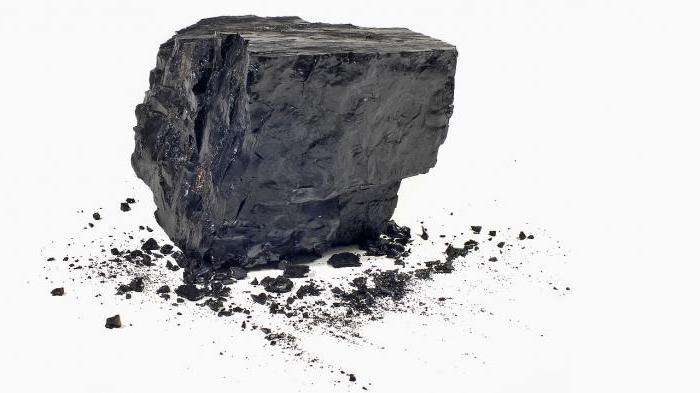
The amazing thing is that the sediment had to accumulate so quickly to cover these trees before they deteriorated (rotted) and fell.
Here is such a rather interesting story of the formation of a rock called coal. The formation of such layers in the bowels of the earth is a reason for further research in search of answers to numerous questions.
Where are the lumps in the coal?
An impressive external feature of coal is the content of huge blocks in it. These large blocks have been found in the coal seams of many deposits for more than a hundred years. The average weight of 40 blocks collected from the West Virginia coalfield was about 12 pounds, and the largest was 161 pounds. Moreover, many of them were metamorphic or volcanic rock.
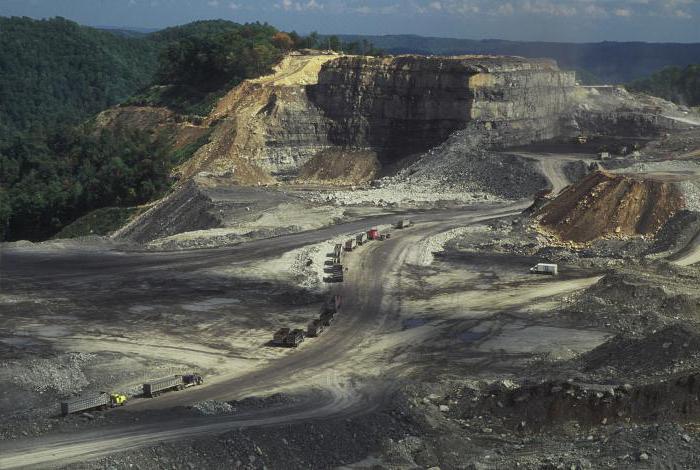
Researcher Price suggested that they could have traveled to the coalfield in Virginia from afar, weaving into the roots of trees. And this conclusion also supports the allochthonous model of coal formation.
Conclusion
Many studies prove the truth of the allochthonous theory of the formation of coal: the presence of the remains of terrestrial and marine animals and plants implies their movement.
Also, studies have shown that the metamorphism of this rock does not require a long time (millions of years) of exposure to pressure and heat - it can also be formed as a result of rapid heating. And the trees vertically located in the coal sediments confirm the fairly rapid accumulation of vegetation residues.
